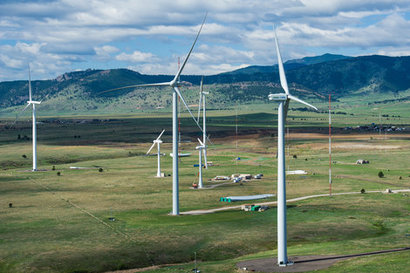
The region is likely to be a leader in new capacity developments, with 800 MW of Remote Island Wind (RIW) projects looking to develop in the Scottish Isles under the Contract for Difference (CfD) scheme.
The potential benefits behind it are clear and include favourable load factor conditions, typically cheaper land costs and a more sympathetic planning environment than in England. These conditions continue to appeal to developers.
However, for both existing and new projects, network charging could dampen this locational optimism and has the potential to hinder the development of renewables.
“The significant amounts of generation in Northern Scotland are located away from areas of demand further south” said James Brabben, Consultant at Cornwall Insight. “This contributed to a much higher Transmission Network Use of System (TNUoS) bill for projects in the region. As an example, the TNUoS charge for a typical intermittent renewable generator in zone 1 in North Scotland for 2019-20 is £19.03/kW, compared to -£2.50kW (negative) in Essex and Kent. Currently, the more wind added to the system located further away from demand, the higher the cost of constraint payments to help balance this. This is reflected in Balancing Service Use of System (BSUoS) charges – which recovers the cost of system balancing - this has been rising in recent years, currently sitting close to £3.0MWh as a monthly average”.
Mr Brabben added that BSUoS has also impacted embedded generators in Northern Scotland, where the large difference between generation levels and demand at the distribution level Grid Supply Points (GSPs) sees BSUoS often “flip” to become a charge for generators located in GSPs where embedded generation is greater than demand.
“Cornwall Insight analysis shows that only Northern Scotland sees consistent BSUoS charges for embedded generators every month” Brabben said. “Our calculations show that on average embedded onshore wind generators in Northern Scotland have seen BSUoS go from a small net positive embedded benefit of £0.10/MWh for May 2018 to a near £4.0/MWh charge by March 2019. This situation could change in the future with ongoing charging reviews, but out of these current system issues does come opportunity. National Grid has launched a pathfinding project with the aim of creating a long-term commercial product to manage networks constraints. Scottish Power’s development of the 50MW battery at Whitelee windfarm gives a good indication of how constraint issues could be mitigated in the future to enable further renewables development.”
For additional information:

